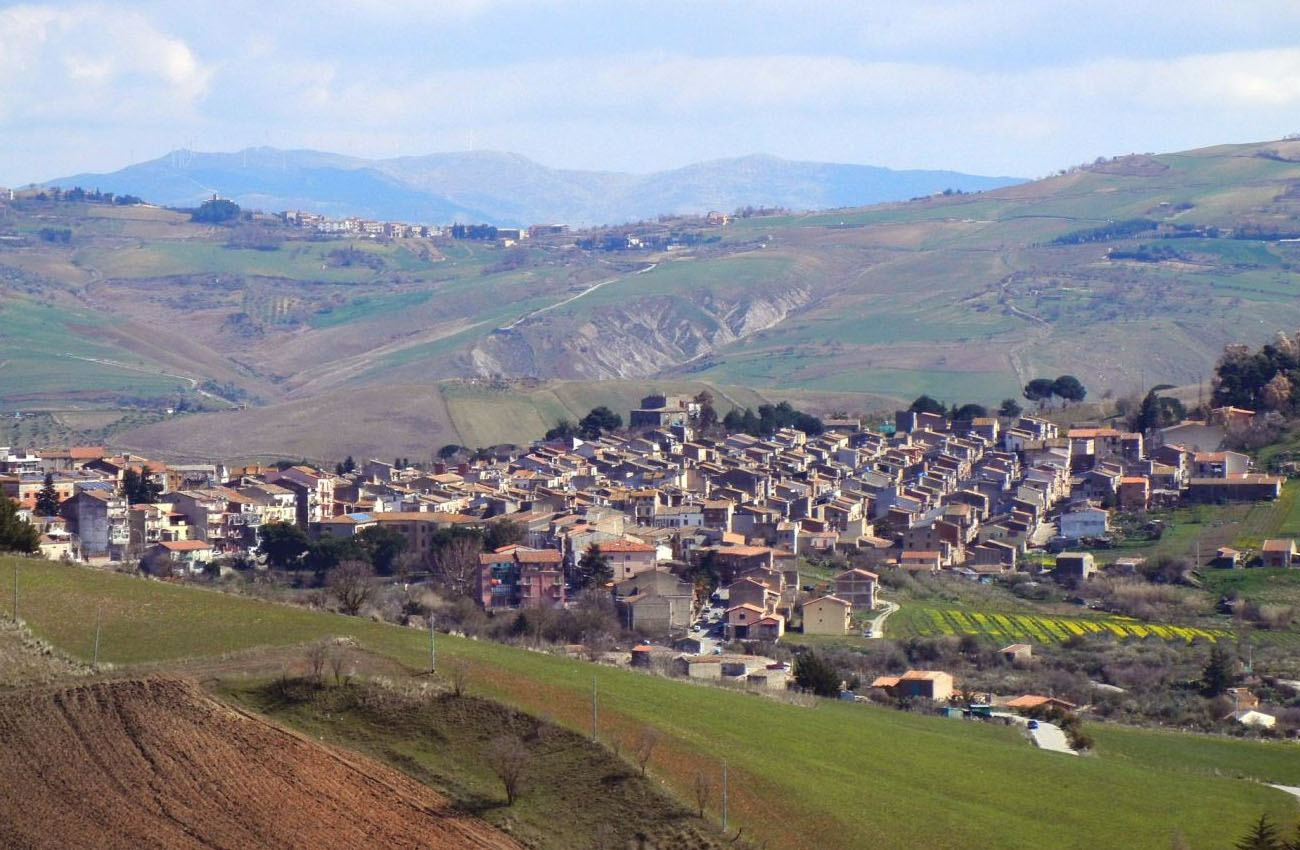Castellana Sicula: the city of mural paintings
Castellana Sicula is a town in the province of Palermo. It was administratively defined as a municipality in 1948, but it has a much holder story that identifies it as a village since the eighteenth century.
It was the farmers who founded a first settlement in the area, which lent itself well to cultivation practices due to its water supplies; unusual feature in Sicily. From the various archaeological testimonies, such as the thermal baths and the various underground environments, it is clear that Castellana was once a Roman residence.
It is the first that the visitor encounters entering the Madonie Park and therefore can certainly be considered one of the “gates” of the large protected area. It consists of numerous public buildings, airy squares, villas and sports facilities, along with an amphitheater, in and around which the Castellanese summer takes place every year with all the related events.
The village: a case of images
The vivacity of the colors, the richness of the topics covered, the beauty of the chosen places are all factors of great importance that make Castellana today a small treasure of images and imagination. Being a recently founded center, it does not include historic buildings or churches full of works of art. Only since 1994 have valuable artists left their precious contributions and paintings on the streets in the council chamber, a modern city art gallery.
In fact, visitors are immediately struck by the colorful murals, which enliven the center with their colors, making the village a treasure trove of images. Precisely for this reason Castellana has earned the happy epithet of “City of Murals“.
The reference point of the village is the Civic Museum, in the archeological area of Contrada Muratore; but there are many others places of very significant ethno-anthropological interest; in particular: pastoral settlements, farms and old water mills, all located on footpaths or on horseback and even by bike.
The entire plateau is carpeted with cultivated fields, wild plants, olive groves and orchards, vineyards flanking rural streets, dense woods, thriving mushroom beds in autumn and lots of wild vegetation.
As for places of worship, these cannot have their roots in the past, but they are still sacred structures with their own identity captured by tourists.
Specifically, there is the church of San Francesco di Paola, which houses the “Sant’Antonio Abate” painted by Zoppo da Gangi; the church of the Madonna della Catena, a pilgrimage destination for some time; the church of San Giuseppe, distinguished by its double staircase and a rose garden; each locality has a Christian temple.
Heritage holidays
Among the various, the most exciting is dedicated to the Madonna dell’alto, celebrated on the summit of Mount San Salvatore. The “manciari i San Giuseppe” is instead a concert of tables set up by the locals for all those who are not yet married; an opportunity to eat typical dishes such as pasta with cod, fried thistles and sweet pancakes, also offered at the “Ballo della cordella” in early August along with pecorino and cured meats. Other very important events are the bread festival and the Madonie carnival.





